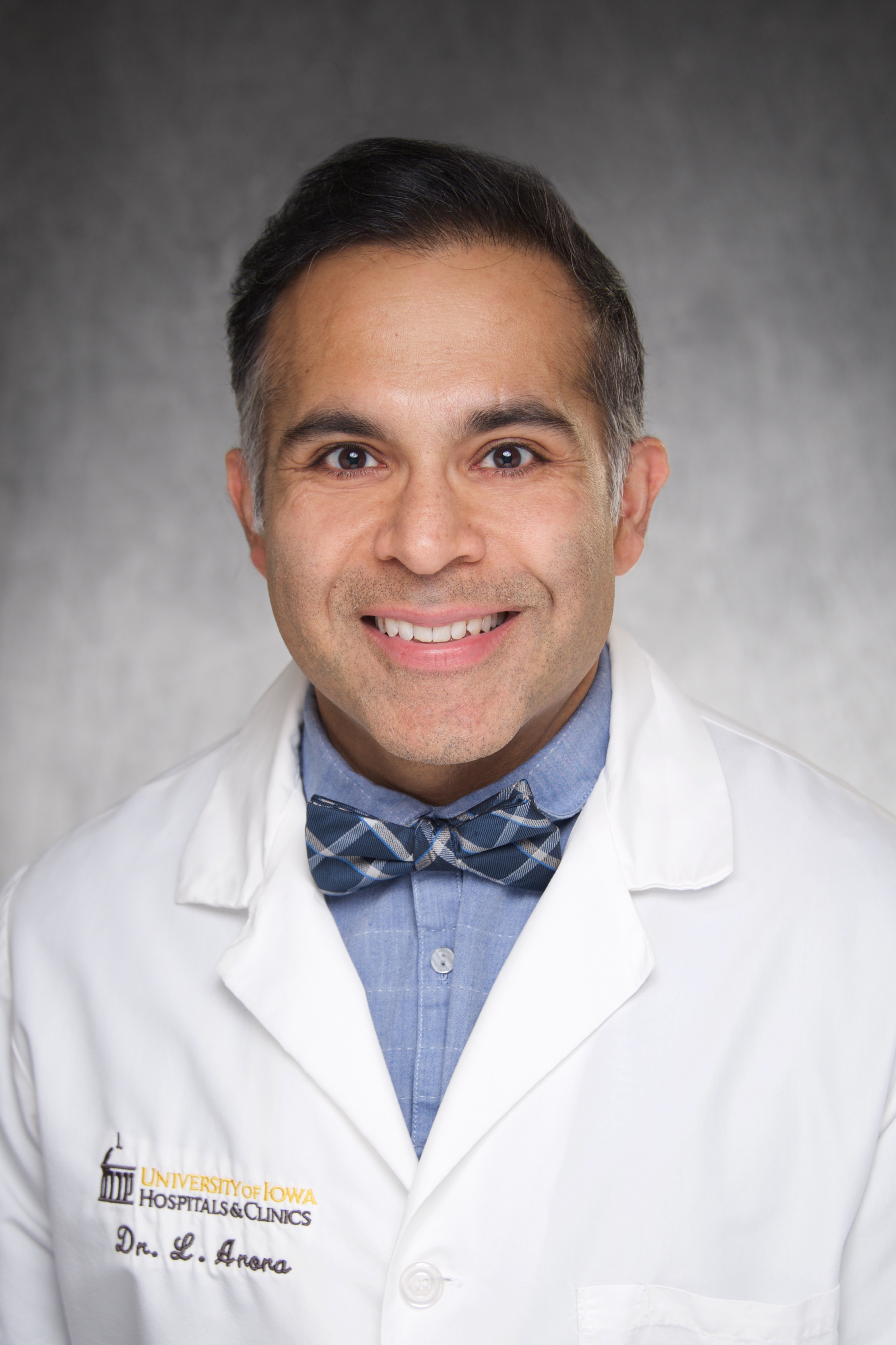
Devices (MCSDs) Training/Education in Cardio- Thoracic Intensive Care Unit (CT-ICU)
by Lovkesh Arora, MBBS, MD, FASA, E-AEC and Ameeka Pannu, MD
Issue 36 | Volume 1
Introduction:
Cardiovascular diseases remain the leading cause of death in the United States, with over 700,000 deaths in 2022 alone accounting for nearly one in every five deaths (Centers for Disease Control and Prevention, CDC, 2024)1. This alarming statistic underscores the severity of the cardiovascular health crisis in the country. With an aging population and increasing prevalence of conditions like heart failure, myocardial infarction, and cardiogenic shock, the need for advanced cardiac interventions, including mechanical circulatory support (MCS) devices, has grown significantly. Devices such as Intra-Aortic Balloon pump (IABP), temporary ventricular assist devices Impella (Abiomed, Danvers, MA, USA), durable left Ventricular Assist Device (LVAD), and Extracorporeal Membrane Oxygenation (ECMO) are increasingly utilized to manage these critical conditions, offering life-saving support for patients with severe heart failure or during high-risk cardiac procedures. For example, the use of LVADs alone in the U.S. has increased by over 20% in the past decade (American Heart Association, 2020)2. As the adoption of MCS devices expands, the importance of adequately training clinicians in their management cannot be overstated.
Critical care anesthesiologists must be equipped with the knowledge skills and expertise to both effectively use these devices clinically and position themselves as leaders in cardiovascular critical care. Similarly, critical care anesthesiologists can also serve as expert consultants when these patients require non-cardiac procedures and surgeries. Thus, implementing robust educational programs that integrate simulation-based training, hands-on device experience, and competency evaluations has become essential for ensuring that healthcare teams can provide optimal care in Cardio Thoracic Vascular Intensive Care Units (CTICUs).
Understanding Mechanical Circulatory Support Devices:
Mechanical circulatory support (MCS) devices are designed to temporarily support or replace the function of a failing heart. These devices aim to decrease intraventricular filling pressures (preload) and myocardial oxygen demand while increasing coronary perfusion as well as to vital organs through augmentation of cardiac output (CO) and cardiac power index (CPI). Common MCS devices include the IABP, temporary percutaneous ventricular assist devices, durable Left Ventricular Assist Devices (LVADs) and Extracorporeal Membrane Oxygenation (ECMO), each of which has specific applications depending on the clinical scenario.
Choice of device depends on the (1) clinical scenario (for example, procedural support for high-risk coronary interventions, cardiogenic shock due to myocardial infarction or biventricular failure), (2) left, right or biventricular failure (3) degree of support required and (4) predicted prognosis including recovery or plan for heart transplantation. The SCAI (Society for Cardiovascular Angiography and Interventions) Staging Classification can provide a useful framework for understanding the severity of cardiogenic shock and thus guiding the use of MCS devices3,4 The decision of which device to pursue however hinges on individualized and multidisciplinary decision- making.
Training clinicians in the proper use of these devices is critical to improving patient outcomes, as the severity of shock directly influences the device selection, device management, and overall clinical approach.
Principles of Education:
Given the rapidly evolving climate of MCS devices and growing evidence in the field, education programs for the use of these devices must reflect current clinical evidence, be multimodal in its delivery and be repeated at regular intervals to maintain both clinical proficiency and ability to actively troubleshoot. Clinical and educational experts alike should partner for an effective and successful curricular design. Considerations in simulation training for MCS are outlined below.
Simulation Training for MCS Devices:
Simulation-based training plays a crucial role in developing and refining the skills required for the safe and effective use of MCS devices. Simulation training offers healthcare providers the opportunity to practice in real- time, high-stress scenarios and can be successfully used as part of a multimodal curriculum alongside lectures, targeted reading and supplemental videos. Simulation offers the added benefit of hands-on experience with these devices, allowing clinicians to both become proficient in technical management, and the opportunity to both identify alarms and troubleshoot complications.
1. Device-Specific Simulations:
Simulation training should cover the operation of various MCS devices, including the microaxial flow pump, LVAD and ECMO, as these devices have different indications, insertion techniques, and management protocols.5 Device- specific simulation training can be further subdivided into (1) Appropriate insertion and placement of devices (2) Clinical management of devices including familiarity with consoles and device components (3) Appropriate clinical interpretation of waveforms and numbers specific to these devices (4) Identification and interpretation of device alarms and (5) diagnosis of device-related complications.
Microaxial Flow Pump: Known commercially as the Impella device (Abiomed, Danvers, MA, USA), the Impella is a temporary microaxial transvalvular flow pump that is increasingly used in the United States (6). Training with the Impella device involves the insertion process, positioning of the device, troubleshooting, and management of device-related complications such as hemolysis, vascular injury, and pump dysfunction. Furthermore, providers should learn to interpret the hemodynamic data/waveforms generated by the device and adjust settings accordingly during initiation as well as weaning process. Advanced simulations should also include managing hemodynamic changes that occur during Impella support, addressing device alarms and understanding the optimal flow rates based on clinical indications.
Durable LVAD Simulation: For durable LVADs, simulation training should include managing the device settings, including pump speed, power and pulsatility index (PI) based on clinical condition and the monitoring of patients for complications such as suction alarms, device thrombosis, infection at the driveline insertion site, and bleeding. Simulations should also include managing the patient’s response to long-term LVAD support, including assessing for signs of heart failure or device malfunction. Additionally, simulations should prepare clinicians for emergency scenarios, such as pump failure or significant changes in hemodynamics that require immediate interventions like cardiac arrest while being on LVAD.
ECMO Simulation: Extracorporeal membrane oxygenation (ECMO) is used for cardiac and cardiorespiratory failure, with data showing a significant uptick in use in recent years. Simulation training should focus on the technical aspects of setting up and managing an ECMO circuit, including cannulation, pump settings, oxygenation levels, and anticoagulation management. Simulations should also address complications specific to ECMO, such as bleeding, thrombosis, and circuit issues, and guide trainees in troubleshooting the equipment. Furthermore, scenarios should emphasize the importance of real-time hemodynamic and gas exchange monitoring to assess ECMO efficacy and ensure that clinicians are adept at responding to alarms, adjusting settings, and making rapid decisions in emergencies. By providing a safe environment for practice, ECMO simulations prepare fellows to handle the high-stakes situations that often arise with this advanced form of life support.
2. Realistic Clinical Scenarios: Simulation-based training should replicate real-life clinical scenarios that require the use of MCS devices. These scenarios can be designed to mimic a patient’s deterioration in the CTVICU, such as progressing from acute heart failure to cardiogenic shock. By practicing these scenarios, clinicians can develop the skills needed to troubleshoot devices, respond to alarms, adjust settings, and decide on appropriate interventions. In particular, simulation allows providers to practice complex decision-making in situations where multiple devices might be in use, such as when a patient is supported by both an Impella and ECMO. These high-fidelity simulations provide an invaluable opportunity to practice coordinating care in a multidisciplinary setting, with intensivists, cardiologists, nurses, and perfusionists working together in a team-based approach.
3. Feedback and Reflection: Effective simulation training also includes debriefing and feedback sessions. These sessions provide an opportunity for participants to reflect on their performance, identify areas for improvement, and discuss alternative management strategies. Feedback from senior clinicians and educators is essential for reinforcing proper techniques and ensuring that participants gain a deeper understanding of the clinical application of MCS devices. Time to take a lead: As the use of MCS devices and other advanced cardiac support continues to rise, comfort with these devices should be a goal for trainees and practicing anesthesiologists alike. Considerations as these educational programs are drafted include regulatory and compliance considerations that are largely institutionally dictated and may drive institutional mandates regarding both credentialing and proof of competency. While fellowship training may provide a significant portion of MCS-related education there should be a departmental and specialty-wide commitment to cementing the role of critical care anesthesiologists as leaders in cardiovascular critical care.
Conclusion
As the use of MCS devices becomes more widespread, ensuring that healthcare providers are well-trained and comfortable managing these life-saving technologies is crucial. With the growing need for specialized training and the establishment of clear privileging protocols, academic centers and hospitals must take proactive steps to integrate MCS education into their core clinical programs. By doing so, we can ensure that intensivists, perfusionists, nurses, cardiologists, and trainees are adequately prepared to provide the best possible care to patients requiring MCS support.
REFERENCES:
- Centers for Disease Control and Prevention (CDC). (2024). Heart Disease Facts. Retrieved from https://www.cdc.gov/heart-disease/ data-research/facts-stats/index.html
- Heart Disease and Stroke Statistics—2020 Update: A Report from the American Heart Association
- Møller JE etal DanGer Shock Investigators. Microaxial Flow Pump or Standard Care in Infarct-Related Cardiogenic Shock. N Engl J Med. 2024 Apr 18;390(15):1382-1393. doi: 10.1056/ NEJMoa2312572. Epub 2024 Apr 7. PMID: 38587239.
- Acosta, Mary E.a; Belkin, Mark N.b; Nathan, Sandeepb. Selection of percutaneous mechanical circulatory support in cardiogenic shock: patient-specific considerations and insights from contemporary clinical data. Current Opinion in Cardiology 38(1):p 47-53, January 2023.
- Binzenhöfer, L., Thiele, H. & Lüsebrink, E. Training in critical care cardiology: making the case for a standardized core curriculum. Crit Care 27, 380 (2023)
- Lüsebrink E, Kellnar A, Krieg K, Binzenhöfer L, Scherer C, Zimmer S, Schrage B, Fichtner S, Petzold T, Braun D, Peterss S, Brunner S, Hagl C, Westermann D, Hausleiter J, Massberg S, Thiele H, Schäfer A, Orban M. Percutaneous Transvalvular Microaxial Flow Pump Support in Cardiology. Circulation. 2022 Apr 19;145(16):1254-1284. doi: 10.1161/ CIRCULATIONAHA.121.058229. Epub 2022 Apr 18. PMID: 35436135.a
Authors

Lovkesh Arora, MBBS, MD, FASA, E-AEC
Chair, SOCCA MCS/ ECMO/CTICU CPC Workgroup
University of Iowa Health Care
Iowa City, IA

Ameeka Pannu, MD
Member, SOCCA
Beth Israel Deaconess Medical Center/ Harvard Medical School
Boston, MA
|